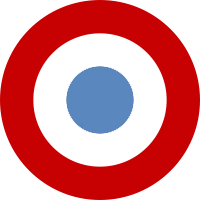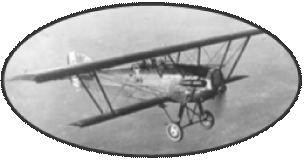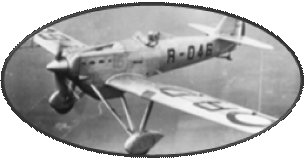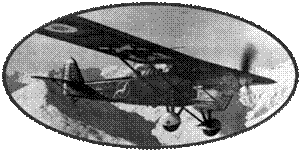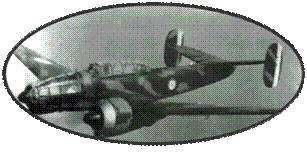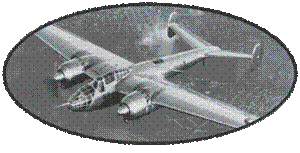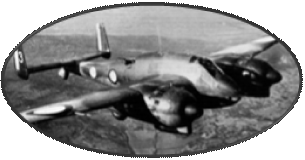60
Potez
637 A3 were
built after the prototype that made its first flight on
October 1938 .
To
date, out of the
60 aircraft
manufactured,37
are
listed in the list below :

The Potez 630 is the result
of a program of 1934 aimed at equipping the Air Force with a multi-seater
light aircraft capable of fulfilling missions of Hunting Command,
Tandem of escort and Two-seater fighter of Night. The Potez 630
competes with the Breguet 690, Romano 110, Loire-Nieuport 20,
Hanriot 220.
The Potez 630's study deadlines
are rather short: the first prototype was manufactured in April
1935 and was completed in early 1936 with a first flight on April
25, 1936, to the hands of the Nicolle test pilots. The prototype
is powered by two Hispano-Suiza 14Hbs of 580ch. The aircraft is
well-born, and shows good flying qualities. Beginning August 1936,
it was transferred to Villacoublay to undergo some modifications.
The wooden bi-drift is replaced by a metallic model, and it receives
a new landing gear. The manufacturer's tests end at the end of
November 1936, and the CEMA (Aircraft Testing Center) will accept
the aircraft at the end of December. The official test campaign
can begin. The original engine is replaced by Hispano-Suiza 14ab
02/03, then by HS14 Ab 10/11. After acceptance of the aircraft
by the Air Force, a dozen units are requested from Potez for various
experiments: 4 Potez 630, 3 Potez 631, 2 Potez 633 B2 and 1 Potez
637A3.
The Potez 637 A3 is a reconnaissance
three-seater that made its first flight in the summer of 1938.
The same design as the Potez 631, which takes over the cell and
the engine, it is equipped with a ventral observation post in
an added glazed gondola under the fuselage. This will prove very
vulnerable to the shooting of DCA. It has a longer range thanks
to larger tanks and and possess cameras behind the aircraft. His
armament, two 7.5mm machine guns, is identical to Potez 633, later
completed by a third machine gun at the back of the ventral gondola.
60 aircraft were ordered
in August 1938 by the Air Force even before the first flight took
place (October 1938). The Potez 637 which will be distributed
in the GR (Reconnaissance Group) will replace the Potez 542, now
outdated. They will serve as transition planes pending the arrival
of the Potez 63-11
At the outbreak of hostilities, only those Potez 637 will have
the right to fly over enemy territory: other types of aircraft
in the GRs, such as Bloch 131, Potez 542 or even Potez 25 are
far too vulnerable as will be shown in the first losses.
As of November 1939, the
Potez 637 were gradually replaced by the Potez 63.11 and at the
outbreak of the German attack, on May 10, 1940, there was virtually
no Potez 637 in unity.
